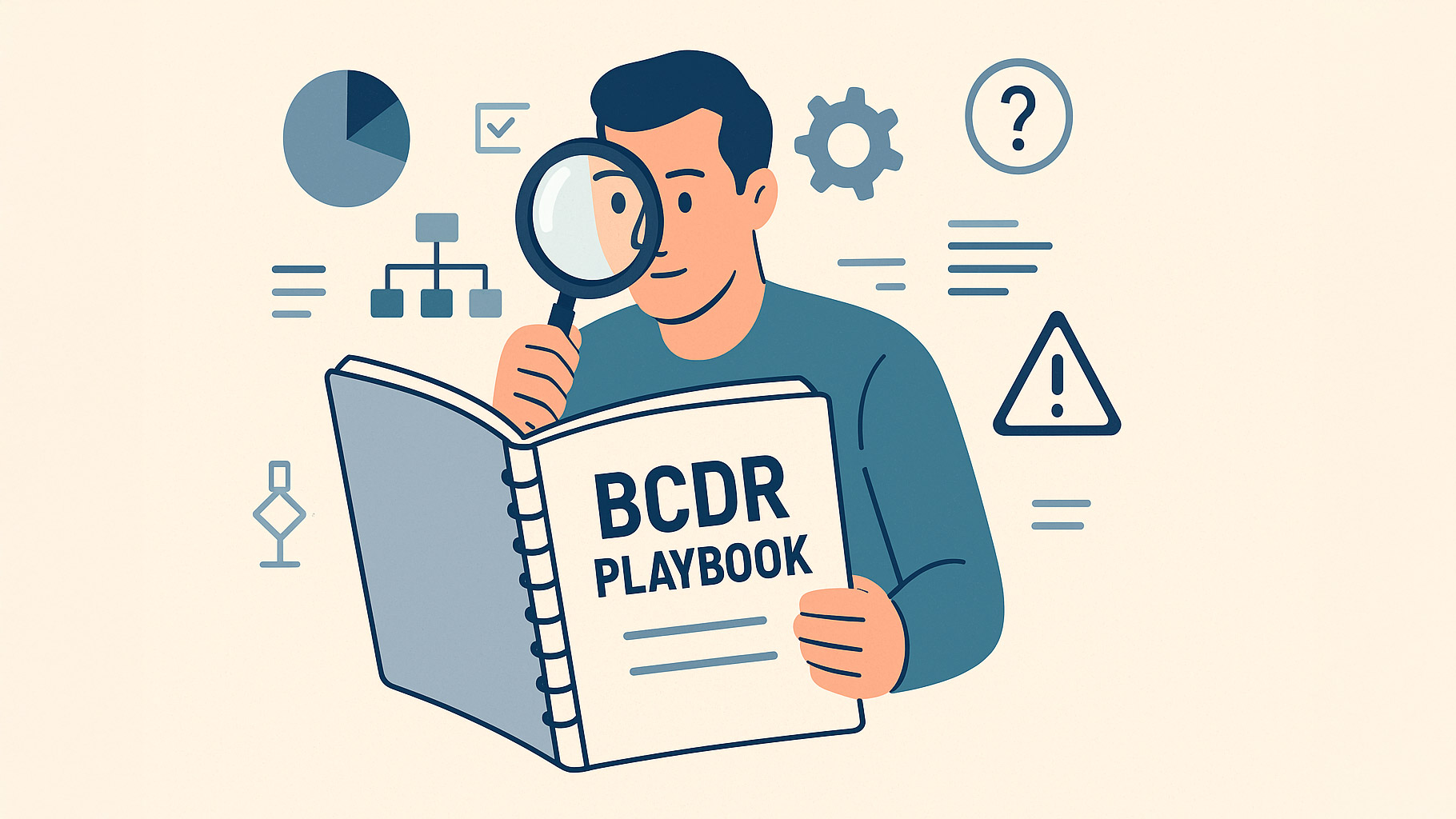One of the first things you learn in business—whether you study at Wharton or the University of Hard Knocks—is that acquiring a new customer costs five times as much as retaining an existing one. That’s certainly true in the world of managed service providers (MSPs), where “”churn”” is the enemy of success.
Lower churn = better business performance. MSPs with churn rates under 5% grew twice as fast as those with churn rates of 10% or higher, according to IT Glue.
The pandemic clearly increased MSP churn rate, as small and medium businesses (SMBs)—the bread and butter of many service providers—were hit by lockdown restrictions and simply couldn’t afford services. Outdated business models also hobbled MSPs when they couldn’t flex their cost structures to meet rapidly changing customer needs.
Generally speaking, however, the pandemic has accelerated overall momentum for MSP growth that will only quicken as businesses emerge from the downturn. One key driver is MSPs’ ability to deliver powerful cybersecurity solutions in an increasingly dangerous and expensive business environment. Nearly 70% of SMB executives believe working with an MSP provides a competitive edge in security as well as cost, according to a December 2020 Infrascale study.
Two titans of private equity—Apollo Global Management and Platinum Equity—showed confidence in the growing MSP marketplace in 2020 by buying distributors Tech Data and Ingram Micro, respectively, with an apparent eye toward evolving them into MSPs.
Facing this increased opportunity, would-be successful MSPs confront a triple challenge: 1) satisfying increasing customer demand for high-quality services at 2) the lowest possible cost while 3) experiencing the least churn.
In a perfect world, the formula for success would be simple: Minimize No. 3 by delighting customers with Nos. 1 and 2. But you may have noticed we don’t live in a perfect world. Churn happens, even to the best-managed MSPs with the highest Net Promoter Scores.
How MSPs Can Prosper Despite Churn
So, what’s the formula for success? Having learned a thing or two in my 20-plus years in the MSP field as both owner and customer, here are a few suggestions:
- Keep an eagle eye on pricing and value. MSPs live in the big squeeze: Customers constantly want more for less. As important as the technology offering is (see next bullet), the real make-or-break considerations are business model, packaging, and above all, pricing. The industry standard, developed by Paul Dippell’s Service Leadership consultancy, has longed pegged optimal monthly recurring revenue at $100 to $113 per month per user. Customers’ new requests for stronger cybersecurity as cybersecurity rises as a key business issue suggest it’s time for a new conversation about not only price, but value. MSPs must be more carefully innovative than ever to determine the highest price the market will bear while satisfying customers’ needs, and then package and deliver the most robust and reliable services possible.
- Leverage the cloud to continuously reevaluate the optimal stack of services, vendors, and partners. In addition to traditional IT services, winning MSPs must now provide their customers network tools, monitoring, endpoint security protection, vulnerability management, protection for applications, and more as their needs and expectations change. Software as a service (SaaS) and the elasticity of the cloud empower MSPs to remain flexible by eliminating the need for expensive infrastructure/product investments that must be amortized at the expense of agility. MSPs can constantly craft the strongest stack of services, vendors, and partners to meet customer demands while staying true to their business model. (For a more detailed discussion of optimal stack-assembling, read Tommy Wald’s The MSP CEO.)
- Consider partnering with an MSP distributor. Some newer or smaller MSPs don’t have the buying power, or possibly the desire, to assemble attractive service/vendor/partner stacks on their own. Fortunately, the market is so vibrant that companies have arisen that package needed services, manage licenses, consolidate billing, automate provisioning, and provide top-quality PSA integrations for a set fee. Some leading distributors can provide big-league services that smaller MSPs could never access on their own, thus helping them grow.
- Provide proof of value. Don’t just tell customers the value of MSP services, show them. The most consistent complaint from customers when they get their monthly bill is, “”I’m paying $XXX a month for that?”” (Meanwhile, of course, the MSP operator is piling service on top of service for the lowest possible price to avoid the dreaded churn.) MSPs must communicate their value more clearly to customers, making them aware of the business-critical protection they deliver.
One tactic is to provide reports that are understandable to technical and nontechnical people alike. For example, some modern cybersecurity vendors offer reporting with easily understood metrics, such as a “”grade””—A, B, or C, etc. This type of intuitive reporting helps MSPs illustrate that their services improved the customer’s overall cybersecurity posture, instead of just showing how many service calls the MSP logged.
Bottom line, customers are not looking to their MSPs for whizz-bang technology only. They want the best selection of services that protect their businesses while enabling optimization and growth. If MSPs can do that, they will minimize churn, and prosper. While MSPs must provide ever-more sophisticated technologies, their operators should remember customers are fundamentally hungry for old-fashioned basics: a good night’s sleep, reduced risk, and good value for their money.
BOB LAYTON is chief revenue officer of Digital Defense, a vulnerability management and threat assessment solutions provider. Follow him on LinkedIn and @TroubadourBob on Twitter.












